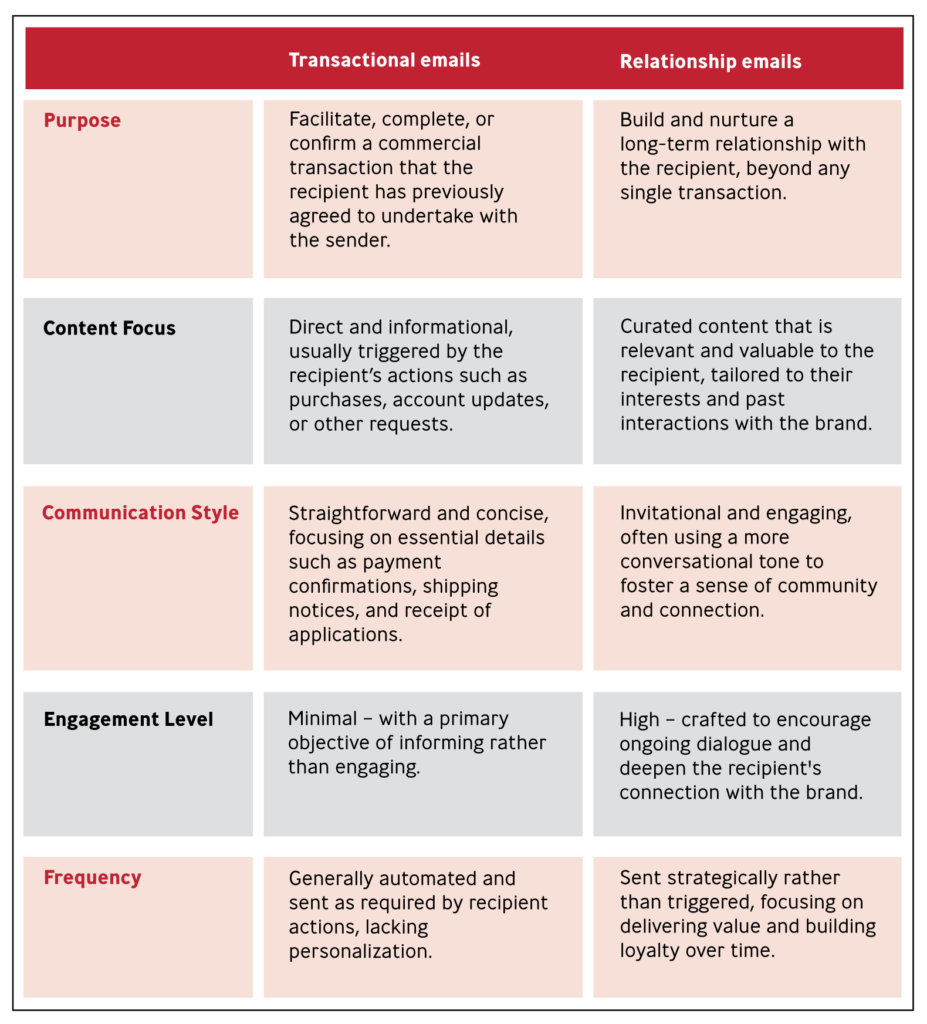Want to remind members that your association is THE source for vital, up-to-date industry intel? Need to attract new members with exclusive content that proves you are an authority in your space? Looking to reassure members and prospects that you’re committed to their success? A “Top Trends” content piece can help you do all this and more.
What it is
A Top Trends content piece contains 8-10 predictions for your industry in the year ahead. Trends might include economic or market insights, new tools or technology, emerging threats, best practices, and more. Content can be rolled out as an e-book or website and repurposed throughout the year in social media, ads, emails, TV spots, and more.
How to do it
Follow a set format to make trends easy to create and easy for your base to read, digest, and act upon. Each trend should have a brief overview paragraph, bullet points describing the impact, and resources to help navigate it.
Pro Tip: Include a featured article from one of your members or industry partners for each trend. This serves a dual purpose of delivering extra insights while providing valuable exposure to the author. You can even sell these articles as sponsored content to generate additional revenue.
Sample Trend Format
Overview Paragraph
Write 3-4 sentences describing the trend and what’s ahead for your base.
Bulleted List
Create a subhead for each trend titled “How [TREND] affects [INDUSTRY].” Write 5-8 concise bullet points with tangible, real-world examples of exactly how each trend will impact your membership.
Sample Bullets
- An increase in cyberattacks will cost widget companies and average of $XXXXXX in downtime in 2025, according to a new survey.
- Many companies are taking XYZ steps to educate employees on new phishing scams that will be prevalent in the coming year.
Resources List
Identify 3-5 resources your association offers that can help people navigate each trend by either minimizing a pain point or seizing an opportunity. Include at least some free, ungated resources so prospects can see for themselves what your organization offers.
Example Resources
- Whitepapers
- Webinars
- Certification programs
- State of the Industry Report
- Partner organization
- Newsletter or magazine
- Conference or event
Sponsored Content
Add a full-length article on a specific topic related to the trend.
How you benefit
Increase renewals: Trends content can help you drive renewals by reminding your current membership that you are the top industry authority. They also showcase a broad range of your exclusive resources that members might not be aware of.
Membership accruals: Trends get prospects’ attention with industry-specific intel and forecasting. They speak to your credibility and also emphasize the value of your association by offering useful tools and resources to help people prepare for the year ahead.
Why it works
People love “Top 10” lists. The headline alone will get attention and pique curiosity to encourage clicks and time on your website. The format is also compelling. A trends content piece breaks down in-depth information into small, digestible bites for busy people. Readers can quickly and easily scroll to the topics that interest them most and gain instant insights.
Ultimately, trends are powerful because they show off everything great about your association in one place and they compel people to engage—no sales pitch needed. Members and prospects alike can see your value, be inspired, and lean in to your organization.
Share this post in LinkedIn:
NOT ANOTHER SNOOZELETTER.
SIGN UP. BE INSPIRED.



























